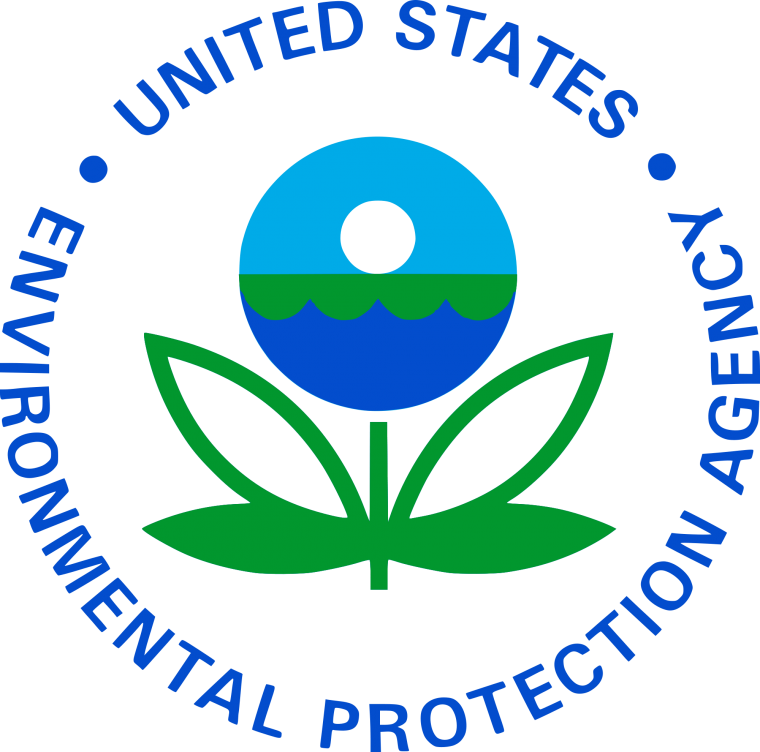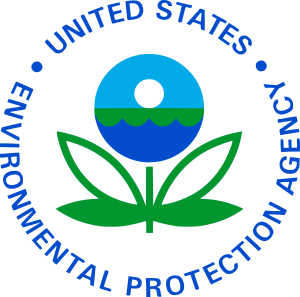
With water sources literally drying up and parts of the country facing droughts that have continued for years, the demand for clean, reliable water is increasing nationwide. Playing a major role in ensuring water needs are met is the nation’s wastewater infrastructure. According to a survey released today by the U.S. Environmental Protection Agency (EPA), wastewater infrastructure project needs in the United States total $271 billion. And that’s just for projects over the next five years!
 The survey represents estimated capital costs to meet water quality goals of the Clean Water Act. It addresses water quality and public health concerns related to water quality.
The survey represents estimated capital costs to meet water quality goals of the Clean Water Act. It addresses water quality and public health concerns related to water quality.
While EPA officials note that parts of the country have made tremendous strides in the modernization of treatment plants and the upgrade and replacement of water pipes, wastewater infrastructure needs are steadily growing. Because clean water is essential for healthy businesses and industry sectors as well as individuals and families, private-sector firms will find that the potential is increasing for contracting opportunities with government entities on many of the billions of dollars’ worth of wastewater project needs.
And because local and state governments are still facing budget shortfalls, the potential for public-private partnerships (P3s) provides government entities with another financial option and another source of capital.
Although much work remains to ensure wastewater infrastructure meets growing demands, EPA statistics show that the number of Americans receiving secondary wastewater treatment and advanced treatment has grown by the millions since the Clean Water Act was instituted in 1972. EPA officials note that the increased wastewater treatment has resulted in “dramatic improvements” in waterways handling discharge from those treatment plants.
Some of the projects that make up the $271 billion in needs for wastewater-related projects include:
- Biological processes necessary to meet secondary treatment standards – $52.4 billion;
- Upgrades to provide treatment even more stringent than secondary treatment – $49.6 billion;
- Construction of new sewer collection systems, interceptor sewers and pumping stations – $44.5 billion;
- Planning and implementing stormwater management programs – $19.2 billion;
- Upgrades and repairs to conveyance systems – $51.2 billion;
- Recycled water distribution – $6.1 billion; and
- Combined sewer overflow correction – $48 billion.
As the country’s population continues to grow, demand for clean and reliable water sources will grow exponentially. Collaboration between the public and private sectors is key to maintaining the infrastructure that supports the nation’s water needs.
